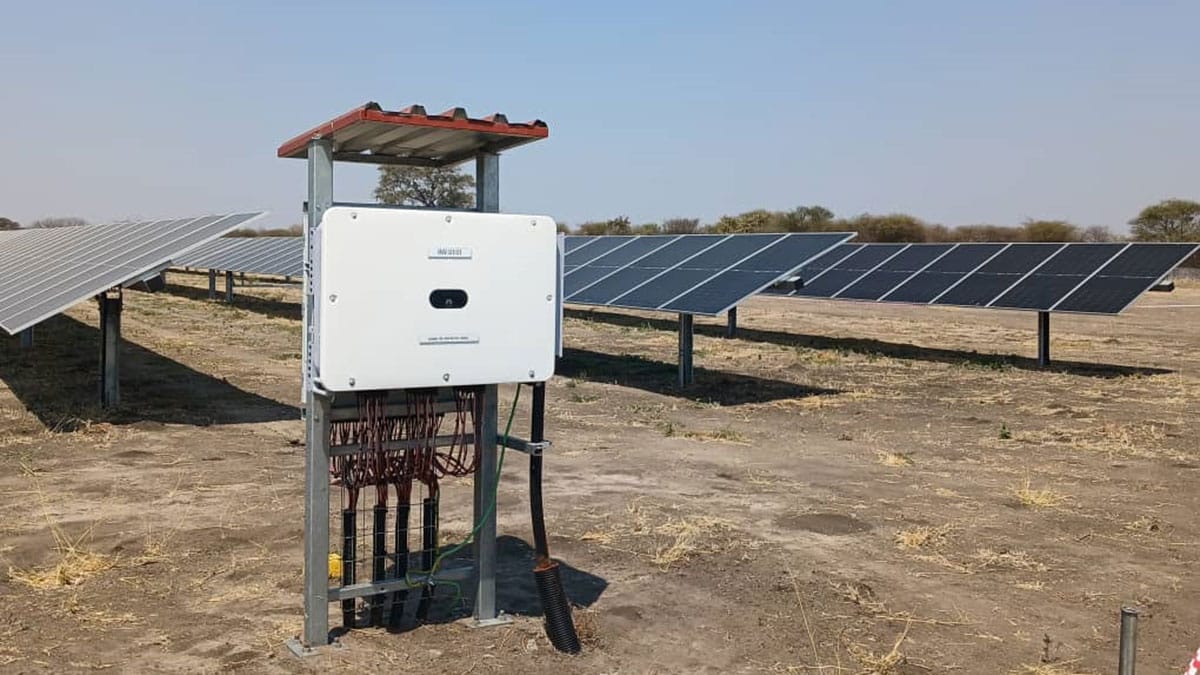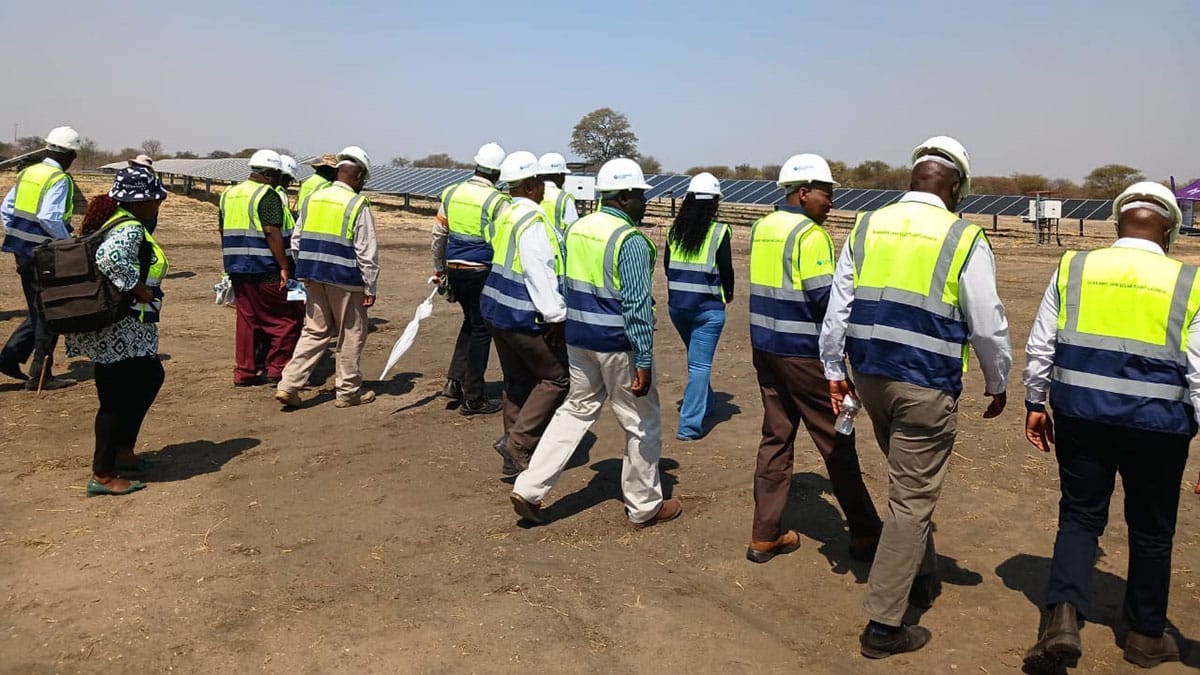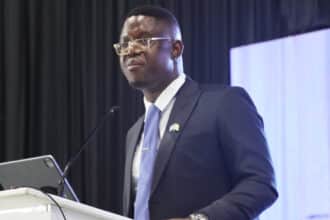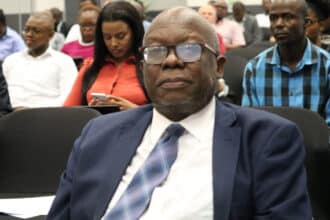Solar energy quickly becoming alternative source of energy
In an ongoing effort to alleviate the strain on the Morupule B Power Station and enhance Botswana’s energy security, the government has turned its focus towards solar energy.
On Tuesday (September 10, 2024) morning, a new 1MW solar power plant was officially launched in Shakawe, located in the North West District.
This development not only brings new energy sources to the region but also introduces a handful of jobs and fresh faces to the village.
The plant is operated by Sturdee Energy, which has entered into a 25-year Power Purchase Agreement (PPA) with the Botswana Power Corporation (BPC).
With an impressive 3,200 hours of sunshine annually, Botswana has the potential to become a regional leader in solar-generated energy, according to Lefoko Moagi, the Minister of Minerals and Energy Resources.

He highlighted Botswana’s relatively low per capita carbon dioxide emissions—2.27 tons compared to the global average of 4.47 tons—but emphasized that the country’s energy sector accounts for over 80% of its greenhouse gas emissions, most of which are from power generation.
“Botswana’s contribution to global warming, despite our relatively low greenhouse gas emissions, cannot be overlooked. Our country is highly vulnerable to the devastating effects of climate change. We have committed to reducing our total greenhouse gas emissions by 15% by the year 2030, using 2010 as the reference year,” said Moagi.
He added that the nation’s Integrated Resource Plan (IRP) is guiding the energy transition towards renewables at a satisfactory pace.
The IRP aims to secure a total of 1,076 megawatts (MW) of renewable energy, including 636 MW from solar photovoltaic (PV) systems, 200 MW from concentrating solar power, 100 MW from wind, and 140 MW from battery energy storage.
So far, the BPC has signed 13 PPAs with various Independent Power Producers (IPPs) for the development and operation of two utility-scale and 10 small-scale grid-tied solar PV plants, two of which are already operational.

Additionally, the Mmamabula coal-powered station, which commenced nearly two years ago, is being supplemented by advanced plans to secure an additional 100 MW from the Mmadinare solar PV project by October 2025.
Citizens have also been encouraged to participate in the renewable energy transition, with a combined 26 MW expected from eight small-scale grid-tied solar PV projects that are currently at the financing stage.
“My ministry is in the final procurement stage for a 200 MW concentrating solar plant in Maun and a 100 MW solar PV plant in Letlhakane. These power plants are expected to be operational by the end of 2026,” Moagi added.
Additional solar PV projects are slated for construction in Jwaneng (100 MW), Serowe, Molepolole, Tutume, Tsabong, Kang, and Charleshill.







